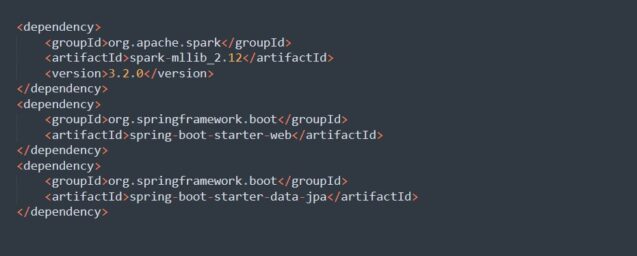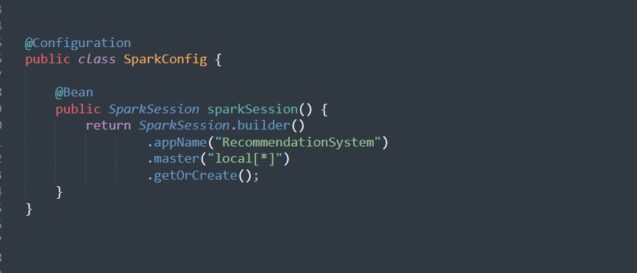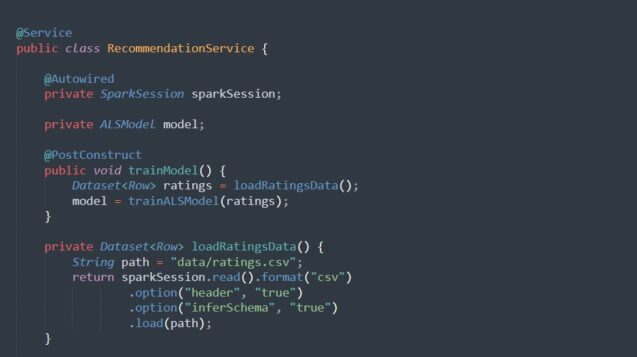Machine Learning offers innovative solutions and improved user experiences today. In the dynamic realm of software development, harnessing the power of machine learning has become essential for creating intelligent and adaptive applications. Spring Boot, known for its simplicity and productivity, offers a solid foundation for building robust enterprise applications.
When combined with the Deep Java Library (DJL), a versatile framework for deep learning in Java, Spring Boot becomes a powerhouse for integrating machine learning seamlessly. This article explores how you can use DJL to infuse machine learning capabilities into your Spring Boot applications, revolutionizing the way your applications interact with data and users.
Understanding the Basics
Before diving into implementation, let’s grasp the fundamental concepts. Spring Boot simplifies the development of Java-based applications by providing ready-made configurations and conventions. It promotes the use of microservices architecture, which fits well with the modular nature of machine learning models.
On the other hand, machine learning empowers applications to learn from data and make predictions or decisions without explicit programming. Integrating machine learning into Spring Boot applications allows you to make intelligent decisions, personalized recommendations, and predictive analytics.
Importance of Machine Learning in Spring Applications
Improved User Experience
Machine learning algorithms have a remarkable ability to analyze user behavior, preferences, and patterns. By integrating machine learning (ML) models into Spring applications, developers can personalize user experiences, leading to increased engagement and satisfaction.
Fact: According to a report by Accenture, 91% of consumers are more likely to shop with brands that provide personalized offers and recommendations.
Improved Decision Making
Machine learning algorithms excel at processing vast amounts of data and extracting useful insights. By incorporating ML models into decision-making processes within Spring applications, organizations can make more informed and accurate decisions, increasing efficiency and profitability.
Fact: McKinsey Global Institute estimates that companies using machine learning for decision-making tasks can increase their operating margins by up to 60%.
Predictive Analytics
Predictive analytics powered by machine learning enables organizations to anticipate future trends, behaviors, and outcomes. By embedding predictive models into Spring applications, businesses can proactively address challenges and capitalize on opportunities.
Fact: A Forbes Insights study found that 86% of executives believe that predictive analytics is critical for the future success of their organizations.
Streamlined Operations
Machine learning algorithms can automate repetitive tasks, optimize processes, and identify inefficiencies. Integrating machine learning into Spring applications allows organizations to streamline operations, reduce costs, and allocate resources more effectively.
Fact: According to a Deloitte survey, 64% of executives report that automation and artificial intelligence technologies have already improved productivity in their organizations.
Fraud Detection and Security
Machine learning algorithms play an important role in detecting fraudulent activities and strengthening security measures. By embedding fraud detection models into Spring applications, companies can safeguard sensitive data and mitigate financial risks.
Fact: The Association of Certified Fraud Examiners estimates that businesses lose approximately 5% of their annual revenue to fraud.
The integration of machine learning into Spring applications is not just a trend but a strategic imperative for businesses seeking to thrive in today’s digital landscape. By leveraging the power of ML algorithms, organizations can unlock new opportunities, drive innovation, and gain a competitive edge.
Integration Steps
- Setup Spring Boot Application: Start by creating a new Spring Boot project or use an existing one.
- Add Dependencies: Include dependencies for machine learning libraries such as DJL in your `pom.xml` or `build.gradle`.
- Model Training: Train your machine learning models using appropriate datasets and frameworks.
- Service Integration: Implement services to interact with the trained models within your Spring Boot application.
- Controller Setup: Create controllers to define endpoints for invoking machine learning functions.
- Testing and Deployment: Thoroughly test your application and deploy it to your desired environment.
The integration of a machine learning recommendation model using Apache Spark MLlib in a Spring Boot application
This includes data loading, preprocessing, model training, and recommendations via a RESTful API.
Step 1: Project Setup
Start by setting up a new Spring Boot project using Spring Initializr or your preferred IDE.
Step 2: Add Dependencies
Include the necessary dependencies for Spring Boot and Apache Spark MLlib in your `pom.xml`.
Step 3: Configure Apache Spark
Configure Apache Spark within your Spring Boot application.
Step 4: Implement the Recommendation Service
Create a Spring service responsible for loading data, training the recommendation model, and providing recommendations to users.
Step 5: Expose the Recommendation Endpoint
Create a REST controller to provide an endpoint for receiving recommendations.
Step 6: Application Runner for Training the Model
Ensure the model is trained when you run the application using `ApplicationRunner`.
Step 7: Data and Testing
Make sure you have the required data file (`ratings.csv`) in the specified path with columns `userId`, `movieId`, and `rating`. This dataset is used to train the ALS model.
Integrating machine learning models into a Spring Boot application using Apache Spark MLlib involves several steps, from configuring Spark to training and serving a recommendation model. This advanced example demonstrates how to load data, train an ALS model, and expose a RESTful endpoint for recommendations. Using the power of Apache Spark MLlib and Spring Boot, you can build robust, scalable recommendation systems tailored to your application’s needs.
Conclusion
The integration of machine learning into Spring applications is not just a trend but a strategic imperative for businesses seeking to thrive in today’s digital landscape. By leveraging the power of ML algorithms and AI software development solutions, organizations can unlock new opportunities, drive innovation, and gain a competitive advantage. As the demand for intelligent and adaptive applications continues to grow, using machine learning in Spring applications is no longer an option, but a necessity for success.
With the right approach and expertise, developers can harness the full potential of machine learning and AI software development solutions to create Spring applications that are smarter, more efficient, and better aligned with the needs of users and businesses alike.
Let’s embrace the era of intelligent Spring applications powered by machine learning, where innovation knows no bounds and possibilities are limitless.















